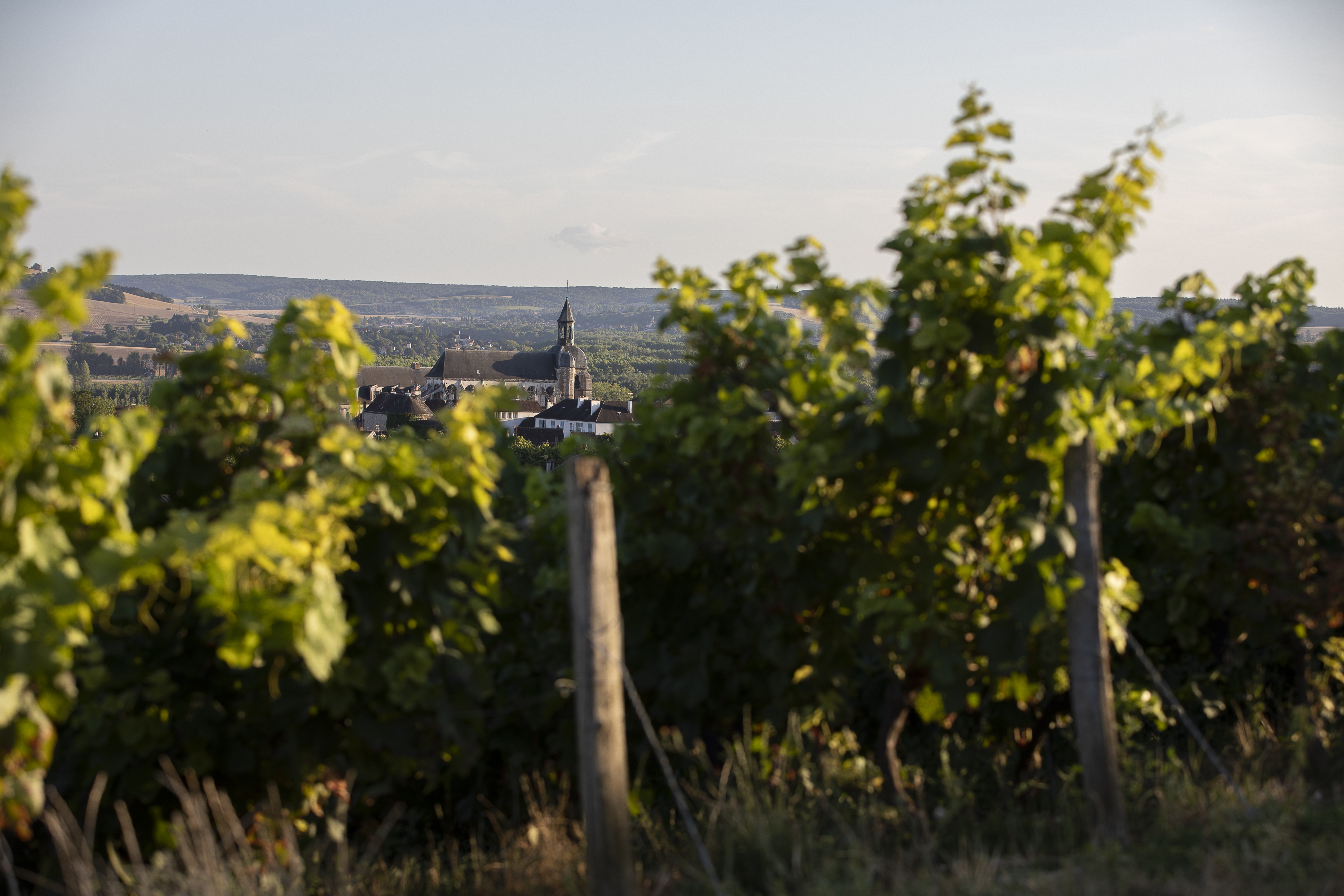
The vineyards of Bourgogne produce some great wines with a historical and international reputation. However, the region is not simply limited to its iconic appellations. In addition to its Village Premier Cru and Grand Cru AOCs, it also produces a range of wonderful Régionale and Village appellations to explore.
You will also find a full list of the Bourgogne’s Climats and lieux-dits on this page.
Check out the complete list of the 84 Bourgogne appellations.
However, your exploration has only just begun. Bourgogne wines have never before offered such high quality. Besides our range of internationally celebrated wines, try some of our lesser-known appellations where there are lots of surprises in store.
And for a fun way to find out more about the wines on offer, try out our “Which Bourgogne wine is right for me?” quiz, or check out Bourgogne Maps to take an interactive tour of the region.
Regional appellation
APPELLATIONS SUR PLUSIEURS VIGNOBLES
March 16, 1943
Sparkling wines bearing the “Bourgogne mousseux” appellation d'origine contrôlée (AOC) are made from the region's traditional red grape varieties, Pinot Noir and Gamay. Depending on local customs, certain white grape varieties may also be present, either mixed in the vineyard plots or in the blend used to make the cuvées, in minimal proportions.
Area under production*
1 hectare (ha) = 10,000m2 = 24 “ouvrées”
0,81 ha
Average annual production**
1 hectolitre (hl) = 100 litres = 133 bottles
15 hl
*In 2023 **5-year average, 2018-2022
Appellation Régionale of Bourgogne
The appellation BOURGOGNE ROSE or BOURGOGNE CLAIRET is reserved for wines produced within the defined area of the BOURGOGNE appellation and subject to the same production rules as the red wines of this appellation.

The wine mainly expresses fruity aromas, depending on the grape variety most present in the cuvée. The Bourgogne mousseux appellation thus offers nuances ranging from red and black berries to notes of cherry or strawberry. Bourgogne mousseux is characterized by its aromatic power. The freshness on the palate is enhanced by the release of carbon dioxide.

At the beginning of the 19th century, producers in Bourgogne became interested in making sparkling wines using techniques developed in Champagne, particularly in Rully, in Saône-et-Loire, from 1820 onwards, in Nuits-Saint-Georges, and then, in 1840, in Chablis. The new product was a success, particularly with customers in England and the United States, and the method spread rapidly. Sparkling wines were produced in the heart of the most beautiful regions, such as Clos Vougeot, Chambertin, and Chablis.
Sparkling wine producers formed a union in 1939 and, in 1943, obtained recognition for the “Bourgogne mousseux” appellation d'origine contrôlée (AOC). The decree reserves this AOC for white, red, and rosé wines produced by secondary fermentation in the bottle. From the 1960s onwards, Bourgogne producers wanted to formalize and protect their production of quality sparkling wines and established strict rules for harvesting and production, which led to the recognition of the “Crémant de Bourgogne” appellation d'origine contrôlée (AOC) by a decree in 1975 for white and rosé wines. From 1984 onwards, the “Bourgogne mousseux” appellation d'origine contrôlée was reserved exclusively for red wines. Although little known, they nevertheless represent a historical component of Bourgogne's wine production.

The geographical area covers the traditionally wine-growing regions of Yonne, Côte-d'Or, Saône-et-Loire, and Rhône departments. It comprises a series of vineyards, more or less disjointed, stretching approximately 250 kilometers from north to south. It thus covers the territory of more than 300 municipalities.

An infinite variety of terroirs, from the chalky subsoil around Joigny to the granites of southern Bourgogne, including the limestone and marl soils most associated with the appellation.
The vineyards of Yonne and Châtillonnais regions, north of Côte d'Or, are located on the cuestas of the Paris Basin, on sediments dating from the Upper Jurassic, apart from Vézelien, located on formations from the Lower and Middle Jurassic, and Jovinien, located on formations from the Upper Cretaceous. The substrates are mainly marly (clayey limestone), locally calcareous. The vineyards are limited to the best-exposed slopes of the cuestas, on the sides of the main valleys draining the region, the Yonne and its tributaries, the Seine and its tributaries. They are located at altitudes between 150 and 300 meters.
From Dijon to the outskirts of Lyon, vineyards occupy a series of almost continuous straight ridges. This is the western edge of the Bresse Trench, a major tectonic structure that collapsed during the Alpine uplift. The substrates are mainly sedimentary, limestone or marl, generally dating from the Jurassic period, but also locally from the Triassic period. Locally, mainly in Saône-et-Loire, outcrops of metamorphic and granitic bedrock from the Primary era, which generate acidic soils, are home to vineyards. Although the hinterland reliefs are sometimes high (650 meters in Côte-d'Or, 1,000 meters in Beaujolais), vineyards are limited to altitudes between 250 and 400 meters. Each vineyard is characterized by its own landscape, geology, and morphological style:
